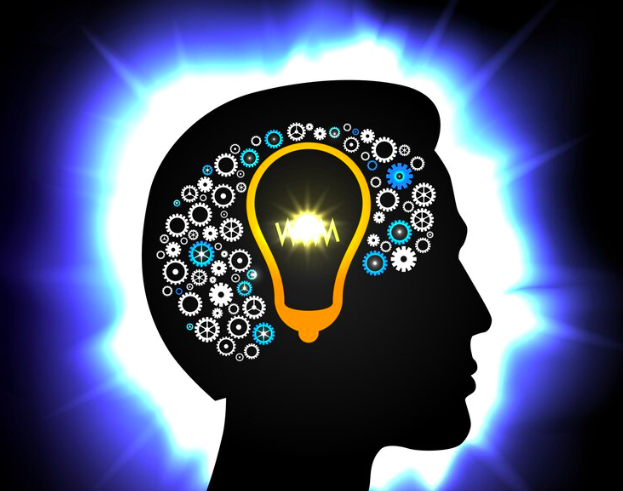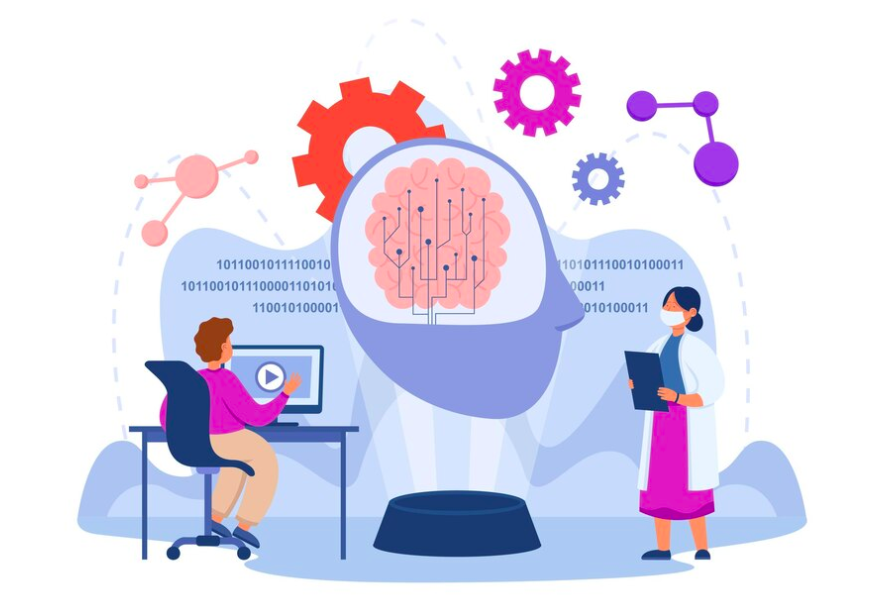In the realm of artificial intelligence, one fascinating concept has been making waves and transforming the way machines learn and make decisions: Artificial Neural Networks (ANNs). Inspired by the human brain, ANNs have become a cornerstone in the field of deep learning, enabling machines to mimic cognitive functions and solve complex problems. In this blog post, we’ll delve into the intricacies of Artificial Neural Networks, exploring their structure, functionality, and the myriad applications that make them a powerhouse in the world of AI.
Understanding the Basics:

At its core, an Artificial Neural Network is a computational model designed to simulate the way the human brain processes information. Composed of interconnected nodes or artificial neurons, these networks are organized into layers: the input layer, hidden layers, and the output layer. Each connection between nodes has a weight, and the network learns by adjusting these weights based on the input data and desired output.
Training Process:

The magic of ANNs lies in their ability to learn from data. During the training process, the network is fed with labeled datasets, and through a series of iterations, it refines its connections to minimize the difference between predicted and actual outcomes. This process, known as backpropagation, involves adjusting weights to optimize the network’s performance. The more data an ANN is exposed to, the better it becomes at generalizing patterns and making accurate predictions.
Types of Neural Networks:

ANNs come in various architectures, each tailored to specific tasks. Convolutional Neural Networks (CNNs) excel in image recognition, Recurrent Neural Networks (RNNs) are proficient in sequential data, and Generative Adversarial Networks (GANs) create synthetic data. Understanding the nuances of these architectures allows developers to choose the most suitable network for a given application.
Applications in the Real World:

The versatility of ANNs has led to their widespread adoption across diverse industries. In healthcare, they aid in disease diagnosis and prognosis. In finance, they analyze market trends and optimize trading strategies. In autonomous vehicles, they enable real-time decision-making for navigation and obstacle avoidance. The applications are limitless, showcasing the transformative impact of ANNs on various aspects of our daily lives.
Challenges and Future Prospects:

While ANNs have achieved remarkable success, challenges such as interpretability, robustness, and ethical considerations remain. Researchers are actively addressing these issues to make ANNs more transparent, reliable, and aligned with human values. The future promises exciting developments, with the integration of neuroscience principles, reinforcement learning, and enhanced computing power paving the way for even more sophisticated neural networks.
Artificial Neural Networks have undoubtedly revolutionized the field of artificial intelligence, bringing us closer to creating machines with human-like cognitive abilities. As we continue to unravel the mysteries of the human brain and refine the intricacies of ANNs, the possibilities are limitless. From healthcare to finance, and beyond, the journey of Artificial Neural Networks is an inspiring testament to the incredible potential of human ingenuity in the realm of technology.





